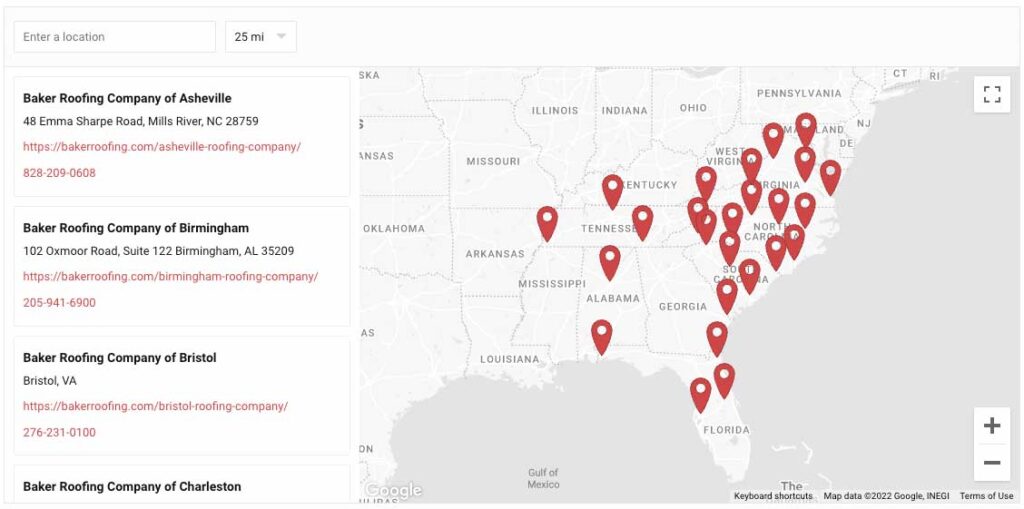“Should I replace my windows?” It’s a common question among homeowners, especially those with houses over fifteen years old and windows that have likely seen a great deal of wear and tear. So, how do you figure out if it’s time for a replacement?
Your home’s windows are integral to both maintaining energy efficiency and keeping your family comfortable during the blazing summer and the cold winter. Over time, however, they can wear down and become less effective at their job, driving your energy bill up while making your home into either a furnace or a freezer, depending on the season. So, to keep your home comfortable and energy efficient, it’s crucial to recognize the signs that your windows may need to be replaced as they become more and more apparent.
In this article, we’ll explore some common indicators that it’s time to consider a window replacement, giving you the information you need to keep your utility bill low and your family happy.
1. Drafts and Temperature Fluctuations
One of the most obvious signs that you might need replacement windows is the presence of drafts and unexplained temperature changes in your home. If you feel a breeze even when the windows are closed, it’s a clear indicator that your windows have lost their airtight seal. This can lead to higher energy bills and an uncomfortable living environment, making replacement non-negotiable.
2. Increased Energy Bills
Have you noticed a steady increase in your heating or cooling bills? If so, your windows could be to blame. Old or damaged windows are less energy-efficient, allowing heat to escape in the winter and cool air to seep out in the summer. Replacing your windows will solve this problem, allowing you to save big in the long-term.
3. Condensation Inside the Glass
Condensation between the panes of a double or triple-glazed window indicates that the seal has failed, allowing moisture to leak in. This condensation can obstruct your view and, more importantly, reduce the insulating properties of the window, making it less effective at keeping your home comfortable. Because of that, you should always keep an eye out for any condensation that slips inside your glass, as it may be a sign that it’s time for a replacement.
4. Visible Damage and Decay
Cracked glass or rotting frames are clear signs that your windows are deteriorating. Not only do they detract from your home’s curb appeal, but they also compromise the security and insulation of your windows. Replacing damaged windows is a wise investment in your home’s overall safety and appearance.
5. Difficulty Opening or Closing
If your windows are hard to open or close, it may be a sign that the mechanism is failing. Trouble operating your windows not only makes ventilation a hassle but also poses a safety risk in case of an emergency. In contrast, new windows will open and close smoothly and reliably, keeping your family safe and comfortable no matter what happens.
6. Noise Infiltration
Modern windows are designed to reduce outside noise, creating a quieter indoor environment and giving you some much-needed peace. If you find that your current windows aren’t doing much to block out noise from the street or your neighbors, it may mean that wear and tear has gotten to them, and you might be in the market for replacement windows.
7. Fading of Furniture and Flooring
Over time, the sun’s UV rays can cause fading and damage to your interior furnishings, including furniture, flooring, and curtains. If you notice an increased amount of fading, it might be an indication that your current windows aren’t doing enough to block UV radiation. New windows with Low-E glass coatings can help protect your interior from UV damage.
8. Unsightly Aesthetics
If your windows appear outdated or damaged, they can negatively impact your home’s curb appeal, even if they still function well. Because of that, old and unsightly windows are often worth replacing. New windows not only improve energy efficiency but also enhance the overall look of your property, allowing you to choose styles and finishes that complement your home’s architecture.
9. Safety Concerns
Older windows often lack modern safety features, such as laminated or tempered glass. Upgrading to windows with advanced security features can help protect your home from potential break-ins, keeping you and your family safe and providing you with peace of mind.
10. Deteriorating Seals and Caulking
If you notice that the seals or caulking around your windows is cracked or peeling, it’s a telltale sign that your windows are no longer adequately sealed. This can lead to moisture infiltration, which can result in water damage and mold growth, not to mention the cold drafts we discussed earlier.
Conclusion
In the end, recognizing the signs that your windows need replacement is essential for maintaining a comfortable, energy-efficient, and visually appealing home. If you’re experiencing any of the issues mentioned above, it’s likely time to contact a qualified replacement window installer to look over your options and determine which route is best for you.
Modern windows offer not only improved energy efficiency, but also better insulation, aesthetics, and security features, all of which can contribute to a more comfortable and cost-effective home. Replacing your windows is not just an investment in your house’s appearance – it’s a crucial part of safeguarding your home’s long-term value and keeping your family safe and comfortable. So don’t wait until the problem gets out of hand; consider a window replacement to improve your home today.



